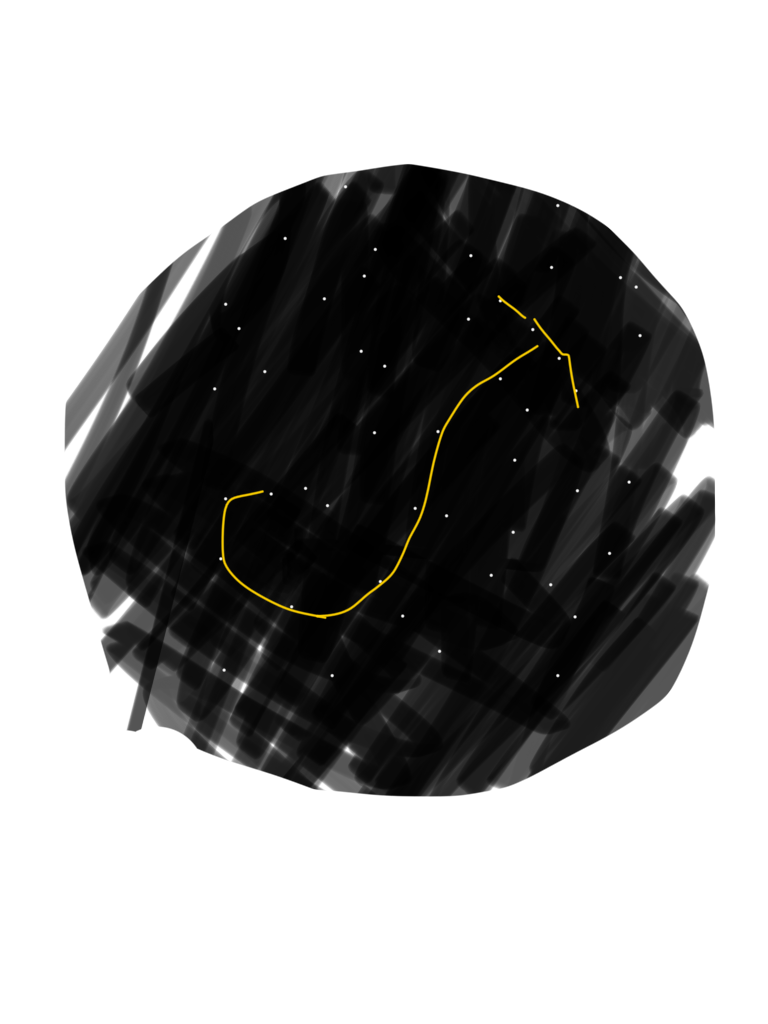You know how to find it, you know where to look, but do you know why to look?
The North Star sits directly over the North Pole and is a handy indicator at night for “which way is North” but it also serves one more very handy purpose.
The North Star tells you your latitude without any math or calculation. By measuring the angle from the horizon to Polaris (The North Star) with a sextant, you will instantly find your latitude!
Since the North Star is directly over the North Pole, this means that if you stood on the very pole itself and looked directly up, Polaris would be directly over you.
Your latitude would be 90* and the angle of observation in the sextant would also be 90.
If you were at the equator, at Latitude 0*, the North Star would be directly on the horizon (and not too clearly visible).
Therefore, every degree of latitude that you gain in the northern hemisphere, Polaris will also gain a degree of observation from the horizon.
This fact has been known for hundreds of years and in the old times (when navigation was more crude) navigation was performed with a board and a rope!
The board would occupy the void between the horizon and Polaris, and it was held a prescribed distance from the observer.
The prescribed distance was controlled by the rope, which would have knots tied in it. The observer would bite the desired knot and hold the board out away from their face until the rope went tight, then they would position the bottom of the rope so that it would lay at the horizon and the top of the rope so that it would lay at the North Star. If there was a gap between the board and the North Star, they knew they were too far north and needed to steer more south. If the Star was covered, then they were too far south and needed to steer more North until the Star was visible again. If the Star and horizon just touched the board, then they were at the correct latitude for their destination!
There was no measure of Longitude on a ship at that time so they simply sailed to the desired ports latitude and sailed East or West until they ran into it! Thankfully, the ability to keep time on a ship changed this crude behavior as longitude was then able to be calculated and the mysteries of “when will we get there” vanished!






